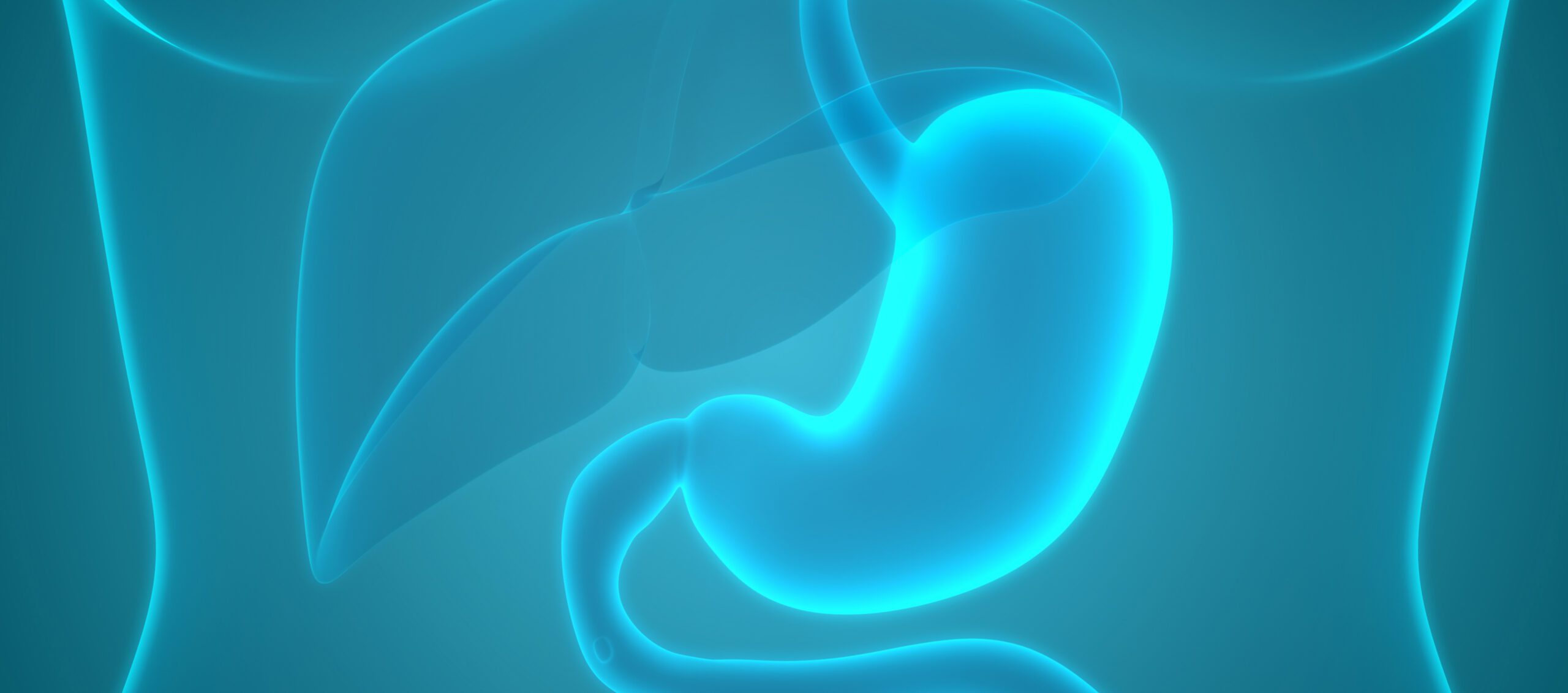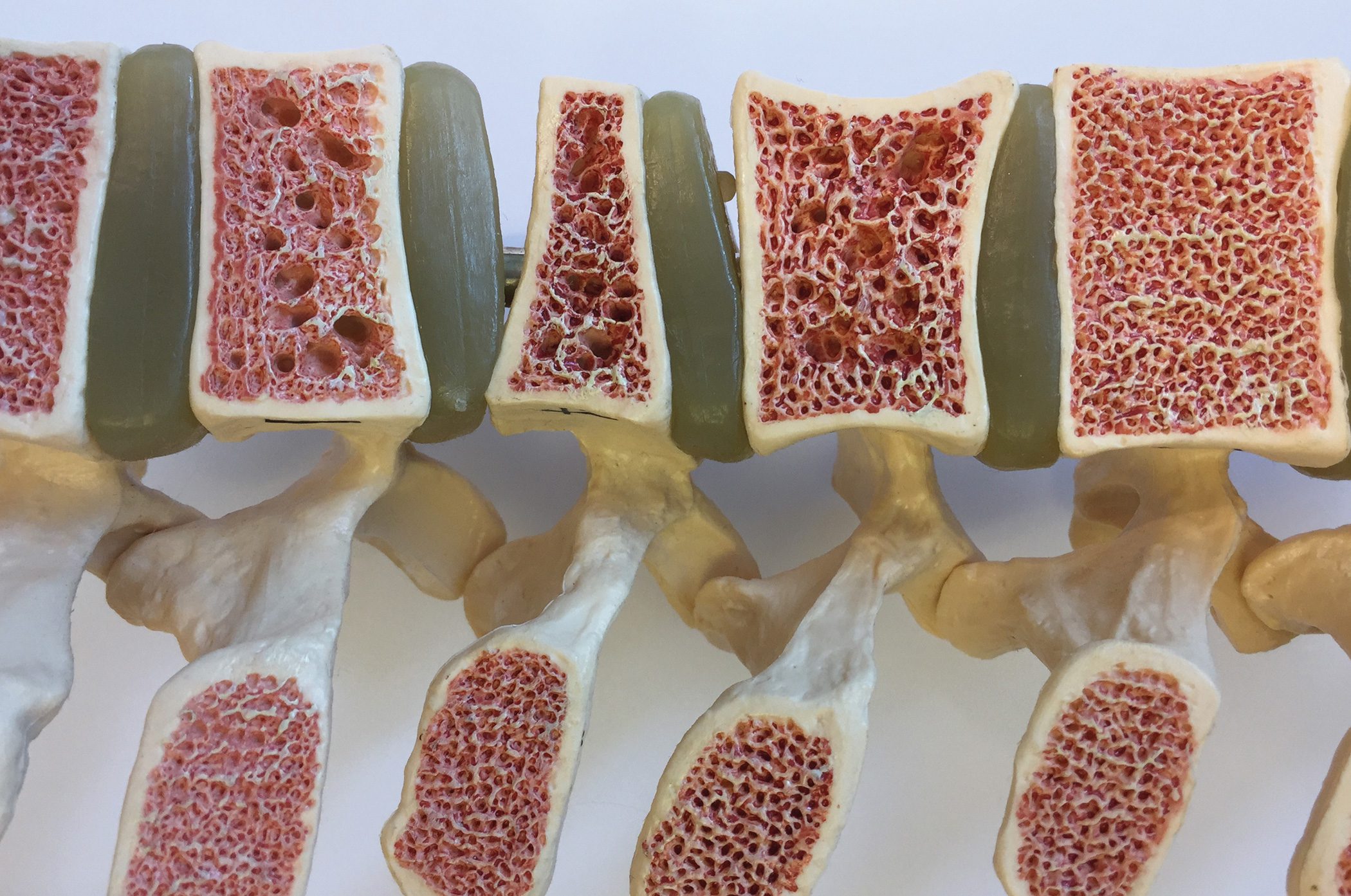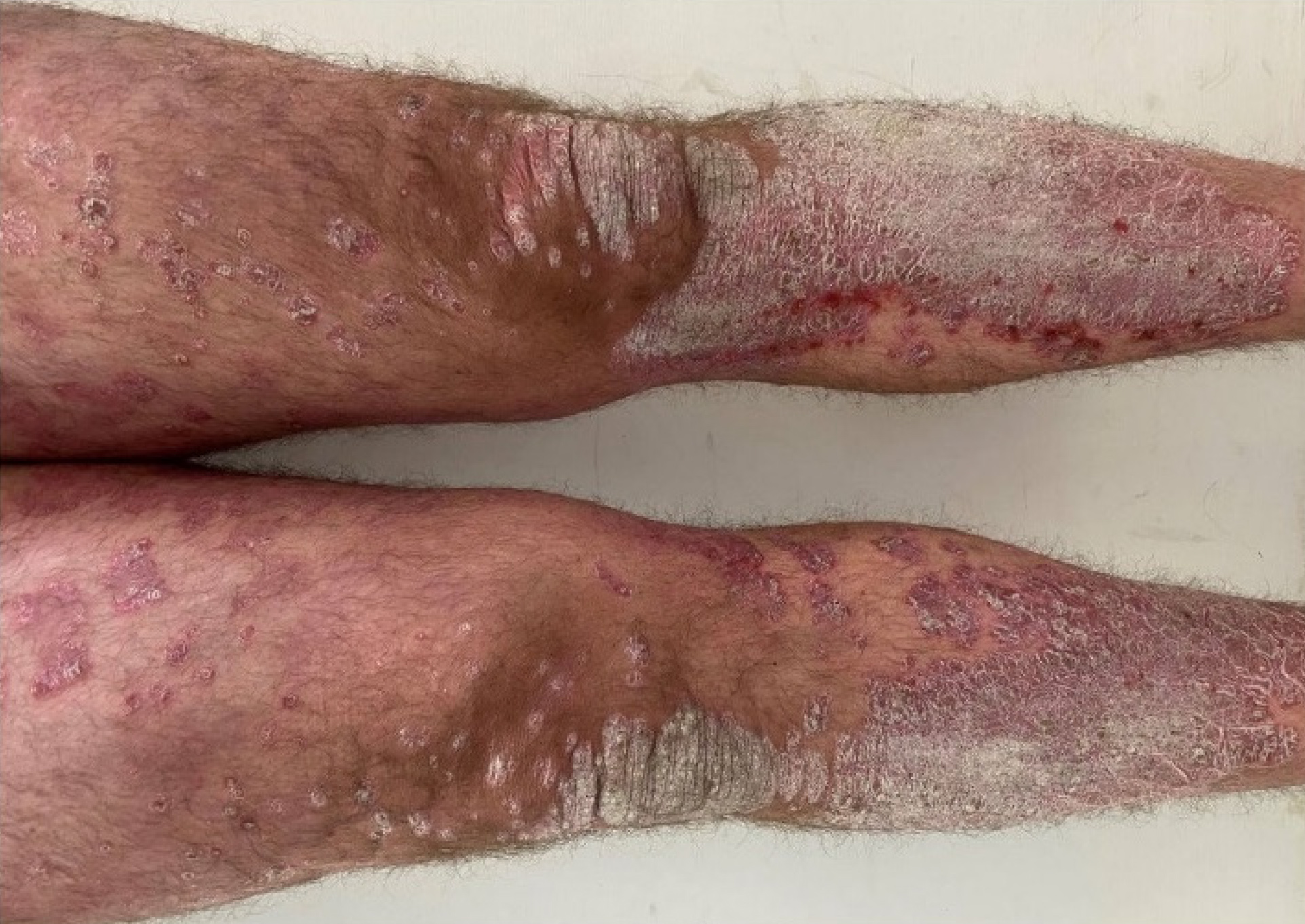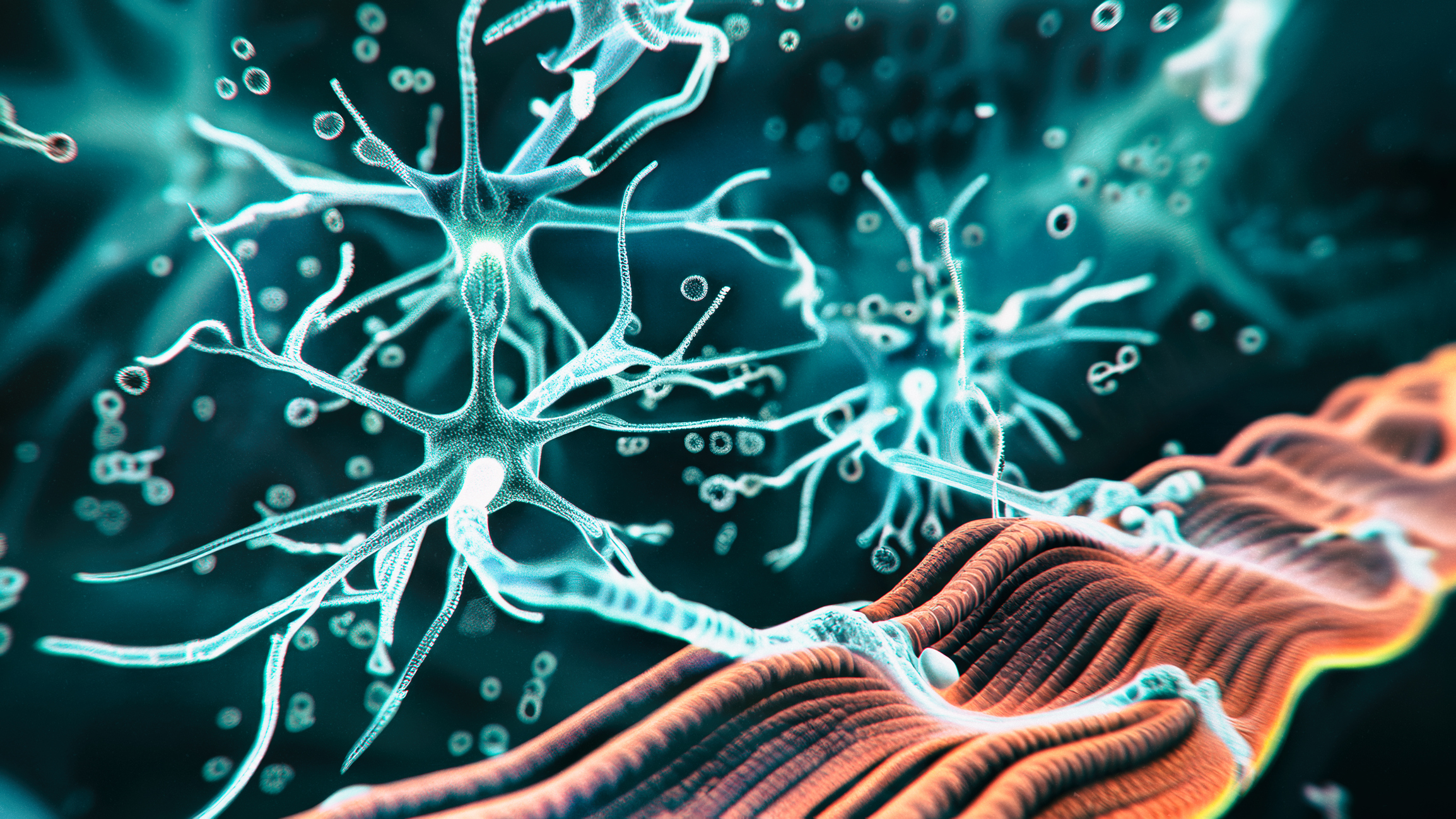Inflammation-induced connective tissue remodeling of the pancreas leads to progressive loss of exocrine and endocrine gland function. For the treatment of exocrine insufficiency – which usually manifests itself late in the course of chronic pancreatitis, since symptoms only appear when less than 10% of the original enzyme quantity is secreted – preparations for pancreatic enzyme substitution are available.
Nowadays, a multifactorial genesis is assumed, with alcohol and smoking being the most important risk factors for chronic pancreatitis and playing a central role in about 80% of all cases. The remaining 20% are of idiopathic etiology with a corresponding genetic predisposition [1]. Prof. Dr. med. Wolfgang Fischbach, internist and gastroenterologist, Aschaffenburg (D) described the case of a patient who complained of abdominal pain with girdle-shaped radiation. These had occurred in the patient some time ago, but had intensified for about half a year. The patient reported that pain symptoms usually become noticeable about half an hour after food intake. Only recently, greasy diarrhea and a weight loss of 4 kg have become new. The patient stated that he had consumed 2-3 beers a day since his youth, and occasionally more on weekends. He is also a heavy smoker (20-30 cigarettes per day). With a BMI of 17.4 (52 kg, 173 cm), the patient is underweight and exhibits signs of malnutrition/malnutrition. “The laboratory values are actually not that much of a guide,” said Prof. Fischbach [1]. Hemoglobin proved to be slightly decreased (Hb=11.2 g/dL), mean red cell individual volume was slightly increased (MCV=99 fl), CRP and lipase were normal, and Quick was 66% below normal.
Diagnostic clarification: what to look out for
Chronic pancreatitis is characterized by progressive destruction of the pancreatic parenchyma due to inflammatory processes. As a result, pain develops on the one hand and exocrine and endocrine insufficiency occurs on the other. Anamnesis, clinical findings and laboratory tests form the basis of the diagnostic workup. First, one should elicit whether pain or steatorrhea is present as a leading symptom. The speaker emphasized that in chronic pancreatitis, serum enzymes are usually normal and do not indicate the diagnosis [1]. “If you find typical calcifications in the pancreatic region on ultrasound, this is actually already conclusive for the diagnosis of chronic pancreatitis,” Prof. Fischbach explained [1]. If such changes are not present or if the clinical constellation is not clear, further image morphologic evaluation is needed using CT, MRI/MRCP, or endoscopic ultrasound.
Exocrine function should be evaluated regularly during the initial work-up and also during the course of the disease. The most widely used is the stool elastase determination. However, mild and moderate insufficiencies cannot be detected because the procedure has rather low sensitivity and specificity [2]. For endocrine insufficiency, the question of diabetic metabolic status arises.
| Pancreatic carcinoma as a feared complication “Chronic pancreatitis is associated with an increased risk of pancreatic cancer,” Prof. Fischbach explained. According to a meta-analysis, the risk of developing pancreatic cancer is increased 6- to 12-fold. Among all malignancies, pancreatic cancer has one of the worst prognoses. With early detection, the prognosis is somewhat better, but unlike gastric and colorectal cancers, there are no recommendations for screening strategies or routine follow-up, the speaker said. In patients with weight loss and new-onset diabetes, cross-sectional imaging may be useful, he said, with MRI and endosonography being equivalent. to [1,5] |
Recommendations for the therapy of exocrine pancreatic insufficiency
Chronic pancreatitis, along with autoimmune pancreatitis and pancreatic cancer, is among the leading causes of exocrine pancreatic insufficiency. The progressive reduction in exocrine function is due to the loss of parenchyma characteristic of chronic pancreatitis. Exocrine pancreatic insufficiency is characterized by restriction of pancreatic enzyme and/or bicarbonate secretion into the duodenum [3]. Patients with chronic pancreatitis and exocrine insufficiency develop steatorrhea when pancreatic function is reduced by more than 90%, and the enzymes lipase and trypsin in particular play a crucial role [3]. According to the current guideline, pancreatic enzyme substitution is indicated in patients with morphologically confirmed chronic pancreatitis, weight loss/underweight or diarrhea [3]. Enzyme preparations with a lipase of 25-75 ku (kilo-unit) per meal are recommended. Pancreatin is available in Switzerland in the form of capsules, coated tablets and tablets (e.g. Combizym®, Creon®, Panzytrat®) [4]. If there is no sufficient effect on the exocrine insufficiency, Prof. Fischbach recommends checking the patient’s compliance and, if necessary, increasing the dose of enzyme therapy. Proton pump inhibitors (PPI) can be used as an additional drug therapy measure.
Congress: Freshup Hausarztmedizin
Literature:
- «Ösophagus, Magen, Dünndarm, Pankreatitis», Prof. Dr. med. Wolfgang Fischbach, Freshup Hausarztmedizin, 17.03.2023.
- Steiner E, Maieron A: Chronic pancreatitis.
J Gastroenterol Hepatol Erkr 2022; 20: 80-86. - Beyer G, et al.; Collaborators:. S3-Leitlinie Pankreatitis – Leitlinie der Deutschen Gesellschaft für Gastroenterologie, Verdauungs- und Stoffwechselkrankheiten (DGVS) – September 2021 – AWMF Registernummer 021-003. Z Gastroenterol 2022; 60(3): 419–521.
- Swiss Drug Compendium, https://compendium.ch,(last accessed 03/17/2023).
- Beyer G, et al: Chronic pancreatitis. Lancet 2020; 396: 499-512.
HAUSARZT PRAXIS 2023; 18(4): 20–21













